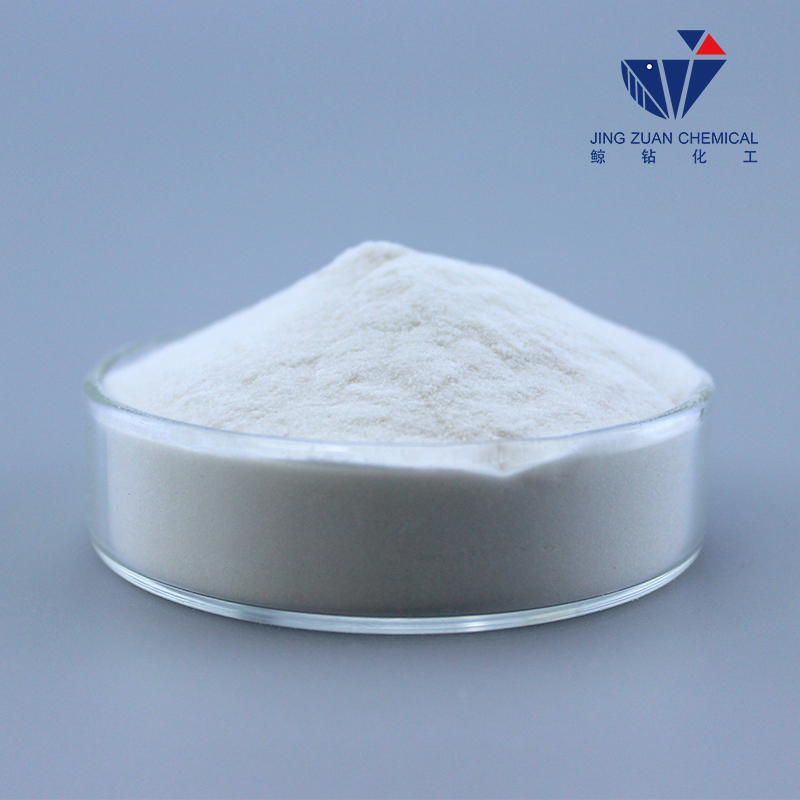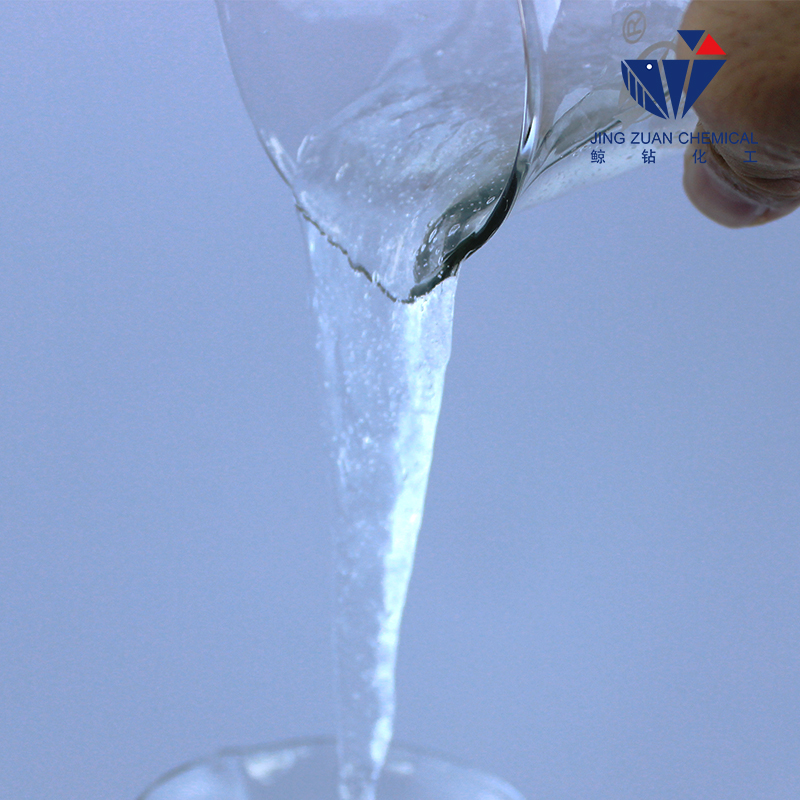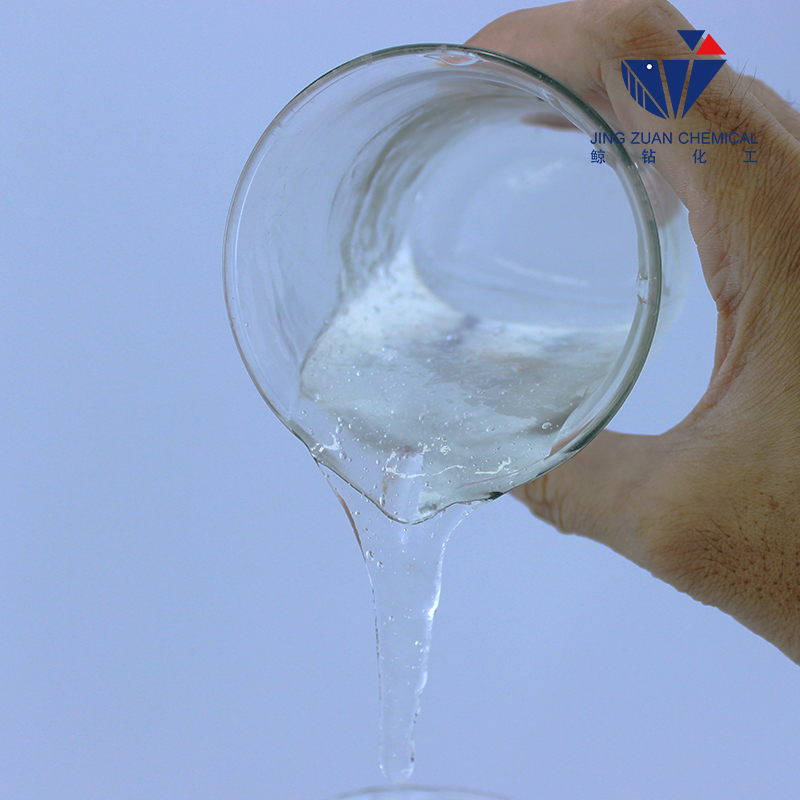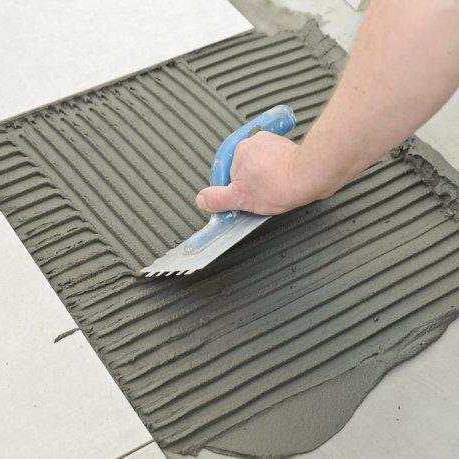
Oct . 17, 2025 10:00 Back to list
Cellosize HEC Thickener – High Purity, Consistent Viscosity
A Field Note on HEC: What Pros Really Mean When They Say cellosize hec
I’ve sat in enough paint labs and oilfield trailers to know: when techs ask for cellosize hec, they’re speaking shorthand for a dependable hydroxyethyl cellulose that dissolves cleanly, thickens predictably, and doesn’t blind-side you with fish-eyes. The batch that keeps coming up lately is HEC from JZ Chemical (origin: NO.1 BUILDING, TECHNOLOGY CERTER, HIGH-TECH ZONE, SHIJIAZHUANG CITY, HEBEI PROVINCE, CHINA). It’s not flashy—just competent, which in real plants is what matters.

Quick Spec Sheet (lab-bench friendly)
| Parameter | Typical Value | Notes |
|---|---|---|
| Chemical Name | Hydroxyethyl Cellulose (HEC) | Non-ionic, water-soluble |
| Viscosity | 50,000–100,000 mPa·s | ≈2% solution, 25°C, Brookfield LV; real-world may vary |
| Moisture | ≤5% | Oven method |
| Residue (Ash) | ≤5% | Inorganic content |
| Gel Temperature | 62–70°C | Thermal gelation onset |
| Shelf Life | ≈24 months | Dry, sealed, |

Process Flow (how it’s actually made)
Materials: purified cellulose (often cotton linter), sodium hydroxide (alkalization), ethylene oxide (etherification), isopropanol/water system for slurry, plus neutralization and finishing aids.
Method snapshot: cellulose → alkalization → controlled etherification with ethylene oxide → washing to remove salts/byproducts → neutralization → drying → milling → QC. The plant folks will tell you the milling cut and moisture balance decide the dissolution profile. I’d agree.
Testing standards: Brookfield viscosity per ASTM D2196 or ISO 3219; moisture by oven or Karl Fischer (as needed); ash by muffle furnace; sieve analysis for particle size; pH in 2% solution. Batch release usually needs viscosity window, moisture, and purity ticked off.

Where it works (and why)
- Architectural coatings: sag control, brush/roller feel, and splash resistance. Many customers say it “just wets in” better than legacy lots.
- Oilfield fluids: viscosity in brines for loss control; it’s salt-tolerant enough for routine jobs, though not a miracle in heavy divalent brines.
- Personal care: shampoos and shower gels—thickening plus clarity. To be honest, clarity hinges on salts and surfactant pick.
- Construction: tile adhesives, putties; water retention and slip resistance are the quiet heroes here.

Advantages you actually feel on the line
Fast hydration with minimal fisheyes (when dusted in properly), stable viscosity across pH 2–12, and consistent lot-to-lot rheology. In fact, the data I saw showed ≈3–5% RSD in routine Brookfield checks—pretty tight for commodity HEC.
Vendor comparison (truth be told, you have options)
| Vendor | Viscosity Range | Hydration Speed | Certifications | Notes |
|---|---|---|---|---|
| JZ Chemical HEC (cellosize hec alt.) | 50k–100k mPa·s | Fast, low fisheye | ISO 9001, REACH | Value-focused; consistent QC |
| Dow Cellosize (reference) | Wide portfolio | Fast/controlled grades | ISO 9001, global regs | Premium brand, premium price |
| Ashland Natrosol | Broad viscosity cuts | Optimized for clarity | ISO 9001, cosmetic dossiers | Strong personal care presence |

Customization and QC
If you need slower hydration (for high-solids slurries) or tighter viscosity bands, JZ will tweak particle size, surface treatment, or even substitution degree. Batch COAs typically include viscosity (ASTM D2196), moisture, ash, and sieve retention. Some lots carry cosmetic safety dossiers on request.
Case snapshots
Paint maker, Southeast Asia: Swapped a mid-cut cellosize hec into a 65% PVC interior matte. Result: +8–10% KU at equal dose and notably smoother roller pickup. Operator feedback—“less stringing, better cut-in.”
Oil service company: 2% KCl brine sweeps using cellosize hec showed ≈15% higher apparent viscosity at 20 rpm vs legacy stock (same concentration), improving hole cleaning without hammering pump pressure.

Practical tips
- Dust in slowly under good vortex; avoid clumping. Wet-out aids help.
- Check viscosity after full hydration (often 30–60 min). Patience matters.
- For transparent gels, mind salts and pH; clarity can slip quickly above ionic strength thresholds.
Certifications and compliance: ISO 9001 QMS, REACH-registered components; cosmetic and food-contact suitability depends on region—verify per application.
Citations
- ASTM D2196-15, Standard Test Method for Rheological Properties of Non-Newtonian Materials by Rotational (Brookfield) Viscometer.
- ISO 3219:1993, Polymers/Resins in the liquid state or as emulsions/dispersions — Determination of viscosity using a rotational viscometer.
- Dow, Cellosize Hydroxyethyl Cellulose — Technical Data Sheets and Application Guides.
- Ashland, Natrosol HEC — Product Data and Formulation Guidelines.
-
Cellulose Ether | High Purity, Fast Hydration, Stable Flow
NewsNov.17,2025
-
Cellosize HEC Thickener – High Purity, Fast-Dissolving
NewsNov.17,2025
-
Cellulose Ether: High-Purity Liquid Thickener, HEC Cellulose
NewsNov.17,2025
-
VAE Powder (RDP): High Adhesion & Flexibility for Mortars
NewsNov.17,2025
-
Cellulose Ether: High Purity, Fast-Dissolving, Stable Flow
NewsNov.17,2025
-
Cellosize HEC Thickener – High Purity, Fast-Dissolving
NewsNov.11,2025







